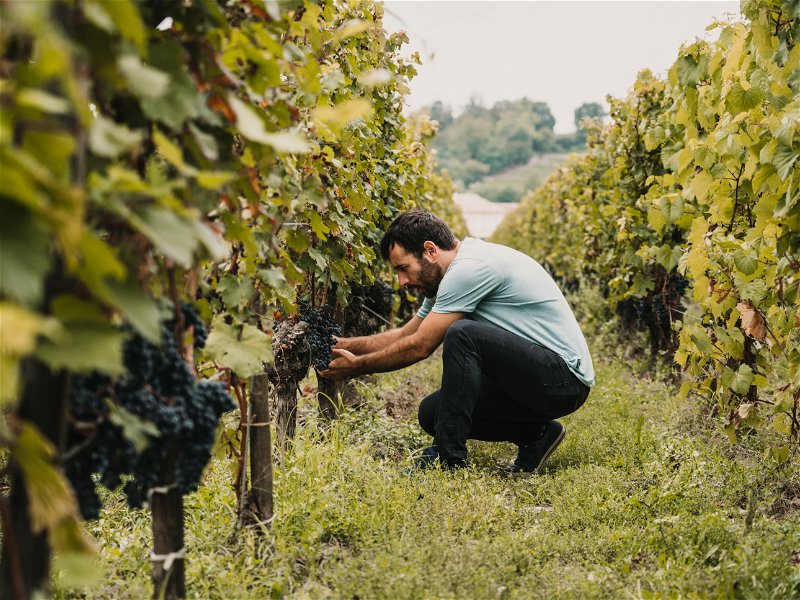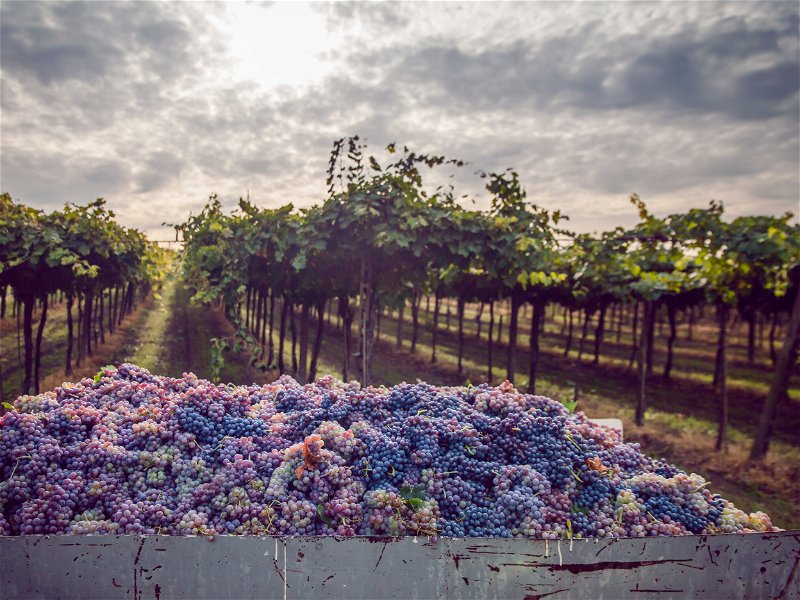What the 2023 vintage will be like in Austria
Due to the adverse weather conditions in many places, global wine production in 2023 was lower than it has been for more than 60 years. A look at Austria.
Austria's winegrowers can look back on a turbulent and sometimes quite challenging 2023 vintage, which was characterised by the generally record-breaking temperatures. It has already got off to a changeable start: after a rather mild winter with very little precipitation, the season started slowly for the vines, with March bringing alternating warm and cool phases. April was remarkably cool, but brought much-needed rainfall in the second half of the month. Due to the cool weather, budding took place very late, so there was no risk of frost damage.
Changeable with a good finale
The warm growing season that began in the second half of May led to strong vine growth, with flowering beginning in mid-June, pushing back the ripening time of the grapes. Flowering went very well in most regions, with only isolated problems with trickling. The first hot spell of the year began at the end of June, with temperatures mostly above 30 degrees, and lasted until the beginning of August. In contrast to the previous year, the feared drought damage fortunately did not occur, as the soil was very well supplied due to the previous rainfall. Only some young plants have suffered from the prolonged drought.
The rainfall at the beginning of August was able to make up for the depleted water reserves and was particularly important in view of the imminent onset of ripening. With the second heatwave of the year, also with temperatures above 30 degrees, the vines were able to ripen quickly. Further rainfall was recorded at the end of August, which was particularly important for the ripening of the grapes.
Heavy rainfall events such as in Styria and several isolated hailstorms shortly before the main harvest in Lower Austria were the downer. Warm, sunny harvest weather into October finally brought slightly smaller quantities compared to the average, but excellent quality. The later harvest ensured precise fruit, balanced acidity and good complexity in both white and red wines - typical Austrian wines.
Don't miss out!
Sign up now for our newsletter.

















